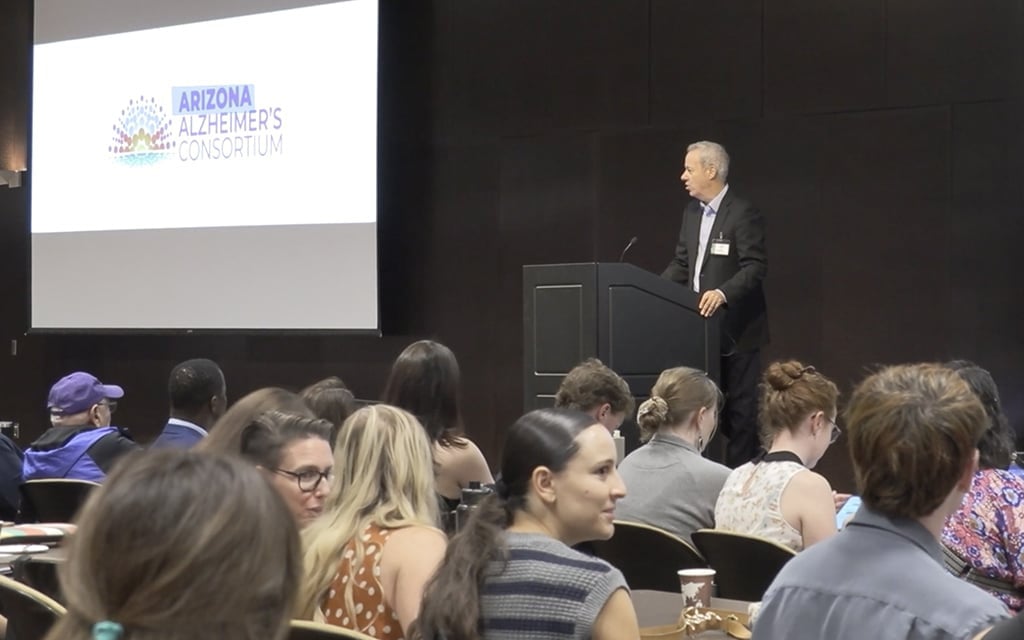LOS ANGELES – For the first time, Latino and Indigenous populations in California will have their health challenges and needs documented in a way that reflects and serves their communities. Senate Bill 1016, signed into law Sept. 28, aims to disaggregate Latino and Indigenous health data, mandating the state Department of Public Health to specify ethnicity and language.
California’s population is 40% Latino and Indigenous. Both groups have long been overlooked in broad health data categories. By breaking down these marginalized groups’ demographics, including more specific ethnic categories beyond Hispanic and/or Latino, the bill will help address significant health inequities that have remained hidden.
Sen. Lena Gonzalez (D-Long Beach), whose parents are immigrants from Mexico, authored SB 1016 and has advocated for health equity in marginalized communities throughout her time in office.
“We’re not a monolith, right? You got some from Central America, Mexico, the Caribbean, and then you’ve got Indigenous cultures within the Latino community. They especially feel unseen. The data isn’t the same,” Gonzalez said.
Starting Jan. 1, 2028, the bill mandates that California’s Department of Public Health (CDPH) collects detailed demographic data on ancestry and ethnicity for reports on major diseases and leading causes of death. The agency will use distinct categories for various Hispanic and Latino groups and Indigenous nations, which are not included in federal standards.
SB 1016 requires that the CDPH collect information on the preferred languages, including Indigenous Mixteco, Triqui, Zapoteco and more. This change will help secure health services for non-English speakers by addressing language barriers in public health.
Beginning in 2029, the CDPH will annually provide the California Legislature with detailed demographic data to better respond to public health needs, advise policy decisions, and ensure resources are allocated effectively.
The bill requires the creation of separate data categories for each Latino subgroup and Mesoamerican Indigenous nations that federal standards currently overlook.
Mar Velez is the director of policy at the Latino Coalition for a Healthy California, an advocacy group that co-sponsored the bill.
“Studies show that more detailed demographic data is helpful in understanding health disparities … the term Latino is a broad label for a community that is very diverse,” Velez said. “Having more detailed demographic data and health data can help us understand any disparities that are unique … to any one community. For the Indigenous community … many Indigenous Mesoamerican individuals and families in California do not identify as Latino.”
The lack of thorough data often neglects the needs of subgroups within Latino and Indigenous peoples.
“What we’re trying to recognize here is that everyone experiences health differently, and the more we understand those differences, the better we can tailor our solutions to meet the needs and address those disparities for that community,” Velez said.
Studies show that certain health conditions disproportionately affect specific Latino subgroups. For example, asthma rates among Puerto Ricans are double those of the broad Latino population, with 13.3% affected.
Type 2 diabetes is more dominant among Mexican Americans, who have the highest rate of diagnosed diabetes within the Latino community, at 11.1%. Both genetic and environmental factors play a role in the higher rates of these conditions.
Health inequity has long affected diverse populations, often due to social and ecological factors. These conditions directly increase the risk of chronic illnesses like obesity and diabetes.
The COVID-19 pandemic highlighted significant health disparities, with marginalized communities experiencing higher rates of infection and death.
In response, several states have introduced health disparity initiatives like SB 1016 to address systemic challenges like racial, ethnic, and socioeconomic adversities.
Arcenio Lopez, the executive director of the Mixteco/Indígena Community Organizing Project and a Mixteco from Oaxaca, Mexico, highlights the significant barriers Indigenous migrant communities in California face when accessing health care and other services.
Indigenous communities from Latin America or Mesoamerica often speak their native language, including Nahuatl, Mixtec, Triqui and many more. The absence of tailored services, including culturally appropriate care, deepens mistrust and hinders their ability to ask and receive help.
“When they say they speak slow Spanish and expect it to be enough … it’s like saying, if I speak slow Mixtec, you will understand, but that’s not true,” Lopez said. “When there’s no trust, our communities will find their own ways to support themselves … and sometimes, they go to unsafe, for-profit health centers or rely on internal community support.”
Language barriers lead to wrong prescriptions and unnecessary procedures, putting non-English-speaking patients at risk. People face higher rates of hospitalization and death due to communication failures, according to a report by the National Institute of Health.
“I hope that this dignity feeling and recognition can feel like … in the future, across the state of California and every place … our communities walk in, any clinic, in any hospital … someone greets them a smile on their face, welcoming them and their language,” Lopez said.



